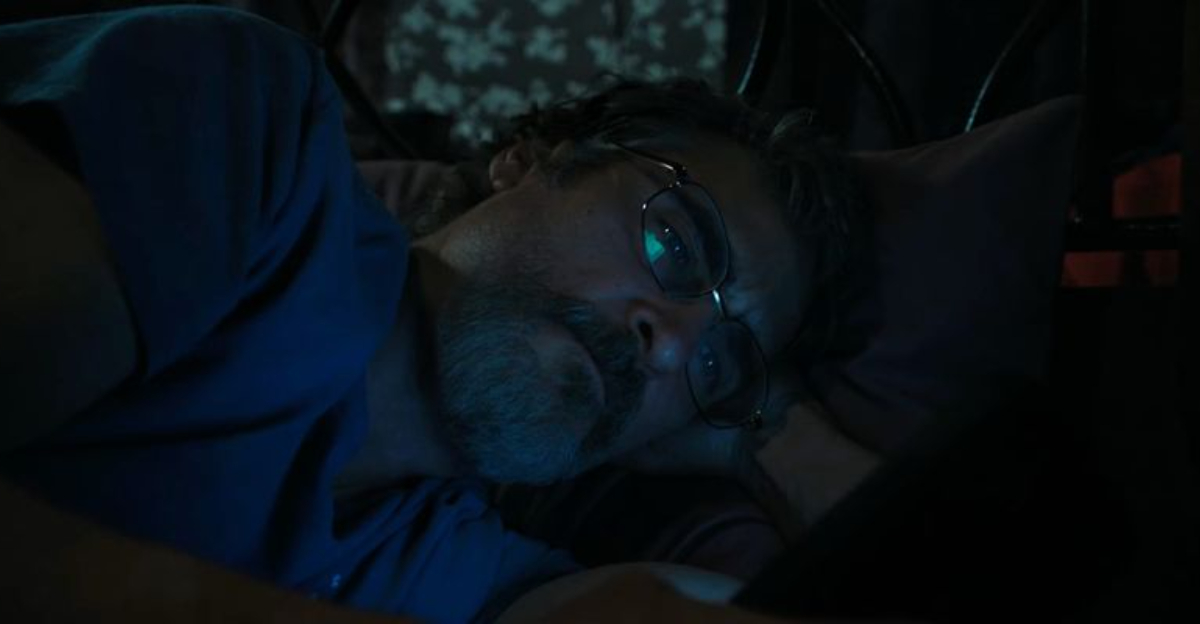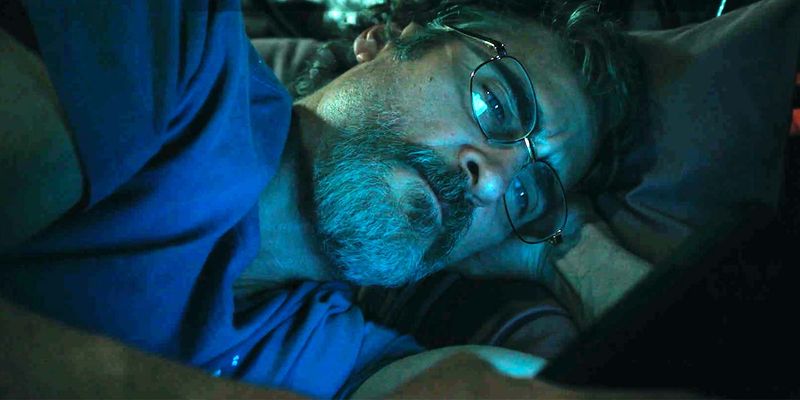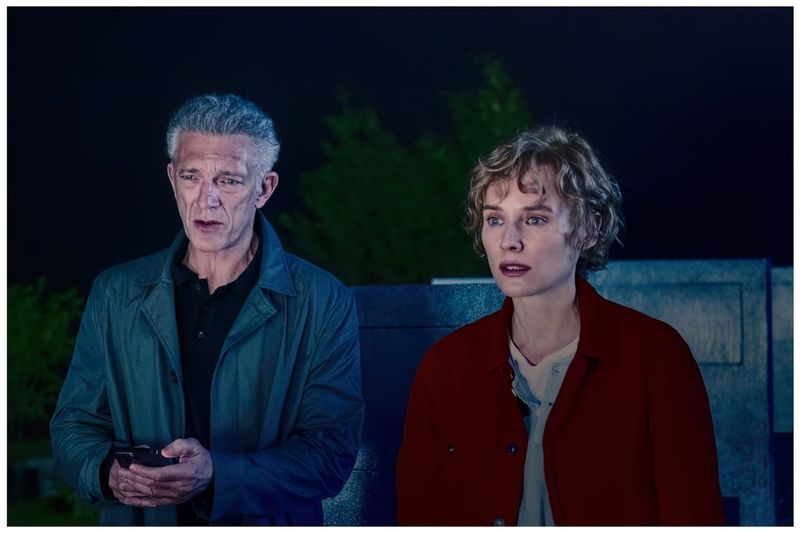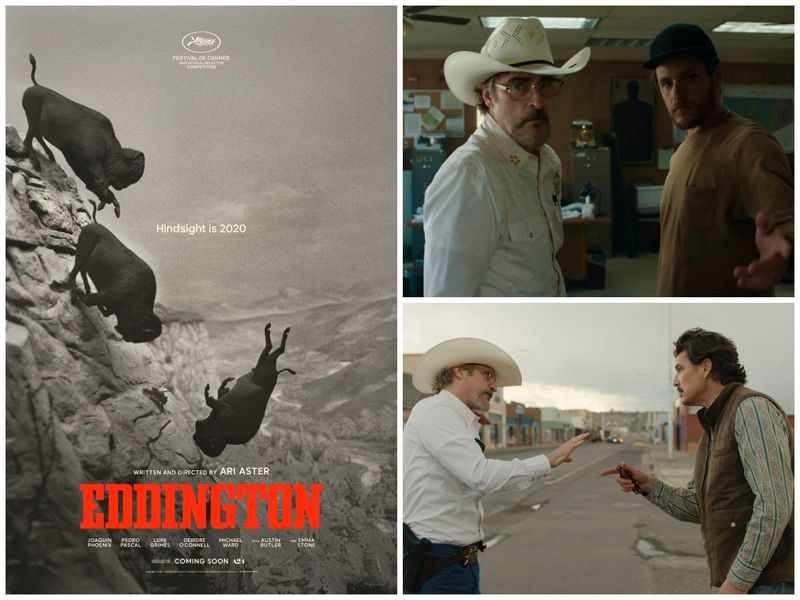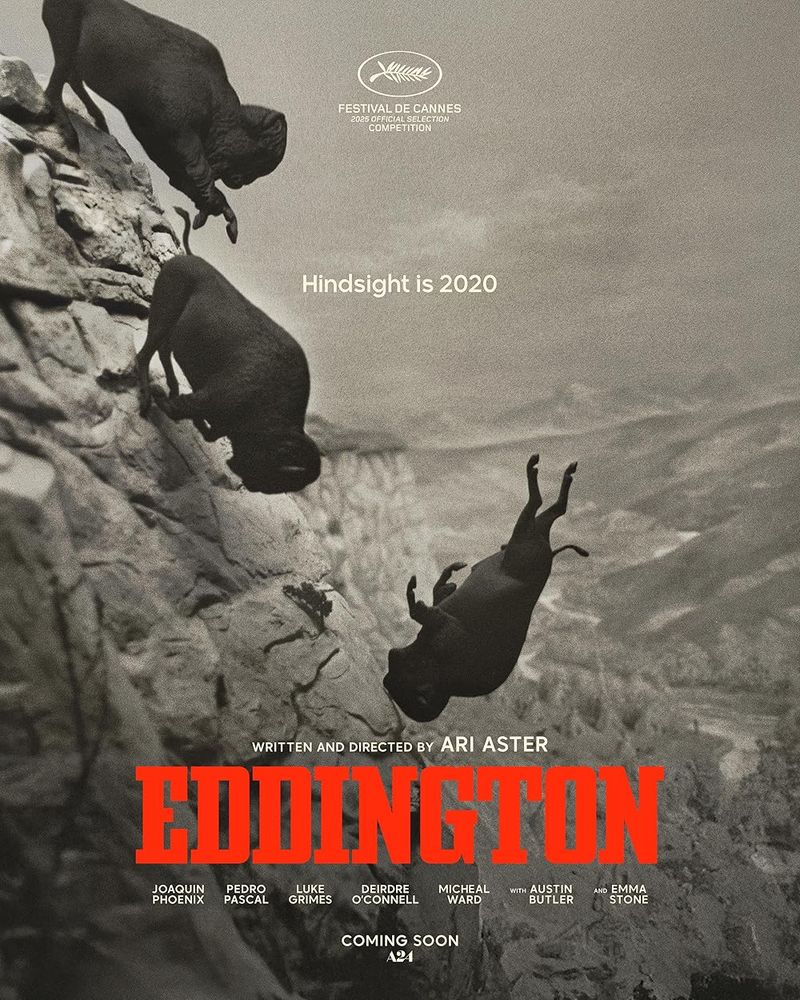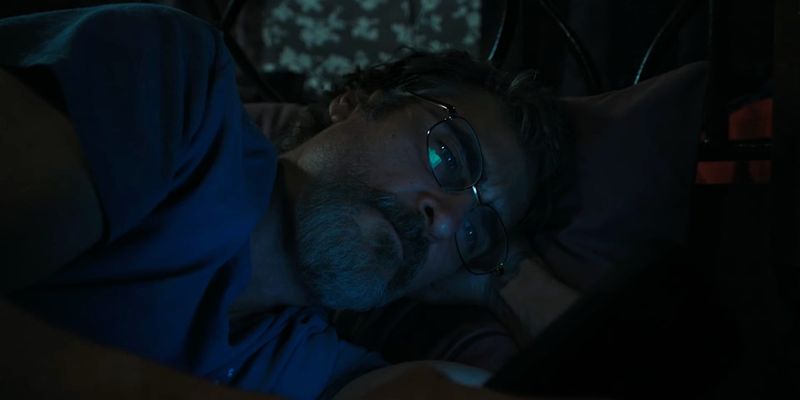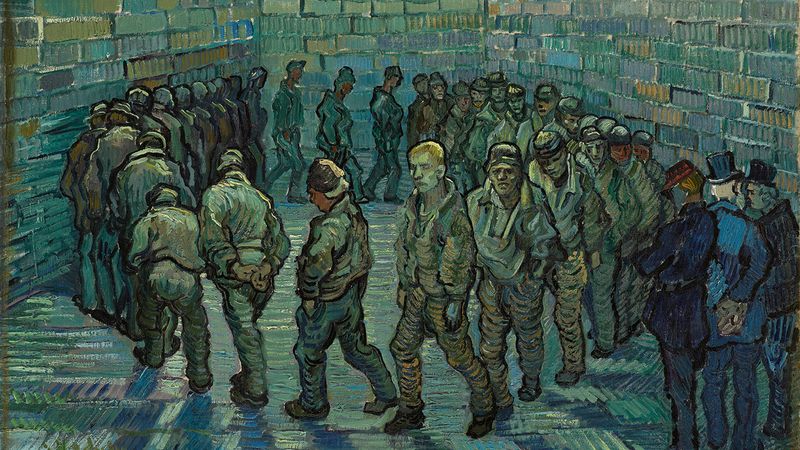Ari Aster’s film ‘Eddington’ challenges boundaries and explores themes that resonate deeply with contemporary audiences. From tackling pandemic trauma to unearthing political shadows, each aspect of the film dares viewers to confront and reflect upon societal issues in novel ways. The movie is an intricate tapestry of artistic expression, psychological depth, and thought-provoking narratives that mark it as a standout piece in Aster’s filmography.
Pandemic Reflection
‘Eddington’ opens with a poignant portrayal of pandemic life. Streets deserted, faces masked, and emotions running high as society grapples with unprecedented challenges. This setting provides a reflective mirror for viewers who have navigated similar realities. Aster captures the essence of isolation with striking visuals and haunting soundscapes.
The film’s ability to convey the universal anxiety experienced during recent times is both bold and timely. It speaks to the heart of our shared experience, making it a powerful opening statement. This scene sets the tone for the film’s exploration of human resilience.
Family Dynamics
At the core of ‘Eddington’ is a complex family drama. Aster intricately weaves narratives that reveal the fragile connections binding families together. The tension at the dinner table is palpable, with unspoken words and lingering glances.
Each character’s personal struggle is vividly depicted, inviting introspection about familial roles and expectations. Through these interactions, viewers are reminded of the delicate balance between love and discord. By focusing on the nuances of family dynamics, Aster creates a rich, emotional tapestry that resonates deeply with audiences.
Political Undertones
Political shadows cast a long presence in ‘Eddington,’ subtly woven into the fabric of its narrative. Ari Aster uses the backdrop of a divided society to explore themes of power and control. The imagery of towering skyscrapers and dark alleys paints a vivid picture of underlying tensions.
This element of the film encourages viewers to question authority and the structures that govern us. It’s a daring critique, inviting reflection on contemporary political climates. Aster’s nuanced approach ensures that while the message is clear, it’s delivered with artistic finesse.
Psychological Depth
The psychological depth in ‘Eddington’ is nothing short of profound. Ari Aster masterfully delves into the minds of his characters, revealing the intricacies of their thoughts and emotions. Through intense performances and tight camera work, the audience is drawn into a world of internal conflict.
This exploration of the human psyche is both unsettling and captivating, offering a rare glimpse into our inner workings. The film challenges perceptions of reality, blurring the lines between sanity and madness. It’s a daring exploration that leaves a lasting impact on viewers.
Cultural Commentary
Ari Aster’s ‘Eddington’ offers a rich tapestry of cultural commentary. The film’s setting—a bustling urban environment—serves as a microcosm of societal issues. Through vivid imagery and diverse characters, Aster critiques social norms and cultural expectations.
The film portrays a world of contrasts, where traditional values clash with modern ideologies. This nuanced take prompts audiences to reflect on their own cultural biases. By addressing these themes, ‘Eddington’ becomes a mirror reflecting the complexities of contemporary life, encouraging dialogue and introspection.
Symbolic Imagery
‘Eddington’ is rife with symbolic imagery that captivates and confounds. Aster employs surreal visuals to convey deeper meanings, engaging audiences in a visual puzzle. Elements like melting clocks or oversized eyes challenge viewers to interpret their significance.
This layer of symbolism adds a rich texture to the film, inviting multiple interpretations. It’s a daring artistic choice that sets ‘Eddington’ apart, encouraging viewers to look beyond the surface. Such imagery not only enhances the film’s narrative but also enriches the viewing experience.
Thematic Duality
Thematic duality in ‘Eddington’ presents a striking contrast between opposing forces. Aster uses split-screen techniques to highlight the clash between serenity and chaos. This visual metaphor is a testament to the film’s exploration of duality in human existence.
Through these contrasting images, viewers witness the tension between peace and turmoil, order and disorder. This thematic approach compels audiences to ponder the complexities of life’s polarities. Aster’s bold use of duality not only enriches the narrative but also deepens the emotional impact of the film.
Innovative Sound Design
Sound plays a crucial role in ‘Eddington,’ where innovative design elevates the storytelling. Aster’s use of ambient sounds and haunting melodies creates an immersive atmosphere. The film’s soundscapes evoke emotions that visuals alone cannot achieve.
This auditory experience is integral to the film’s impact, enhancing tension and drama throughout. The creative sound design not only complements the film’s visual elements but also stands as a daring artistic choice. By pushing the boundaries of traditional sound, ‘Eddington’ crafts a unique sensory experience for its audience.
Bold Narrative Structure
‘Eddington’ defies conventional storytelling with its bold narrative structure. Aster crafts a non-linear tale, where fragmented scenes create a tapestry of interconnected stories. This approach challenges viewers to piece together the narrative puzzle.
The film’s structure mirrors the complexity of its themes, with time and memory interwoven seamlessly. By breaking from traditional storytelling, ‘Eddington’ offers a fresh perspective on narrative construction. Aster’s daring choice invites viewers to engage actively with the film, making each viewing a unique experience.
